We use cookies to make your experience better. To comply with the new e-Privacy directive, we need to ask for your consent to set the cookies. Learn more
How Do I Know if My Horse Has Ulcers?
How Do I Know if My Horse Has Ulcers?
Equine Gastric Ulcer Syndrome (EGUS) is a common and often underdiagnosed issue affecting horses across all disciplines and levels of care. Because horses are naturally prone to gastric ulcers due to the constant secretion of stomach acid, even subtle stressors in their environment, training routine, or diet can contribute to the formation of ulcers. Recognising the signs of ulcers in your horse can help you act early—here’s what to look for.
Monitor Your Horse’s Behaviour
Behavioural changes are typically the first sign something may be wrong with your horse. An ordinarily calm horse that becomes irritable, resistant under saddle, or unusually girthy may show signs of discomfort caused by gastric ulcers. You might also notice increased anxiety, restlessness, or a horse that lies down more often than usual. These shifts can appear gradually, making them easy to miss unless you’re actively watching. Trust your instincts and if something feels off, it’s essential to explore it further.
Observe Changes in Your Horse’s Physical Condition
Physical signs often accompany behavioural changes in horses with ulcers. Take note of unexplained weight loss, a dull or patchy coat, poor body condition, or reduced appetite, particularly a reluctance to eat grain. Some horses may start eating slowly or pick at their feed.
Mild colic symptoms, such as stretching or pawing, can also be present. These symptoms may not seem alarming in isolation, but when combined, they often point toward underlying gastric discomfort.
Have You Noticed Reduced Performance?
Ulcers can significantly affect a horse’s willingness and ability to perform. A drop in performance, whether it's resistance to work, reluctance to go forward, difficulty bending, or a generally sour attitude under saddle, can all be linked to gastric ulcers.
These horses may appear lethargic, overreactive, or inconsistent in training. Remember that many performance issues attributed to behaviour or training resistance are rooted in pain.
Consult a Veterinarian for an Accurate Diagnosis
While observational signs are valuable, they’re not definitive. A proper diagnosis should always come from a veterinarian. The gold standard for diagnosing EGUS is gastroscopy, a procedure that allows direct visualisation of the stomach lining. Though it may seem like a substantial step, this procedure can confirm the presence, severity, and location of ulcers. This is critical information for deciding the most effective treatment plan. Don’t rely on guesswork; professional guidance is essential.
Begin Treatment Under the Guidance of a Veterinarian
Once diagnosed, treatment usually begins with a course of AbPrazole, also known as omeprazole, a proton pump inhibitor that reduces gastric acid production, allowing ulcers to heal. In addition, AbSucralfate (sucralfate) is also prescribed to coat the stomach lining and protect it from further damage.
These medications should always be used under veterinary supervision, as dosage and duration are tailored to your horse's specific needs. Equally important is addressing contributing factors such as feeding frequency, turnout time, and stress levels to prevent recurrence.
Understanding the signs of equine gastric ulcers is the first step in ensuring your horse’s long-term health and comfort. While EGUS can be complex, early detection and prompt treatment can lead to a full recovery and improved performance. Stay observant, trust your knowledge of your horse, and always work closely with a trusted veterinarian to know if your horse has ulcers. With the proper care, your horse can return to being healthy, happy, and ready to work.

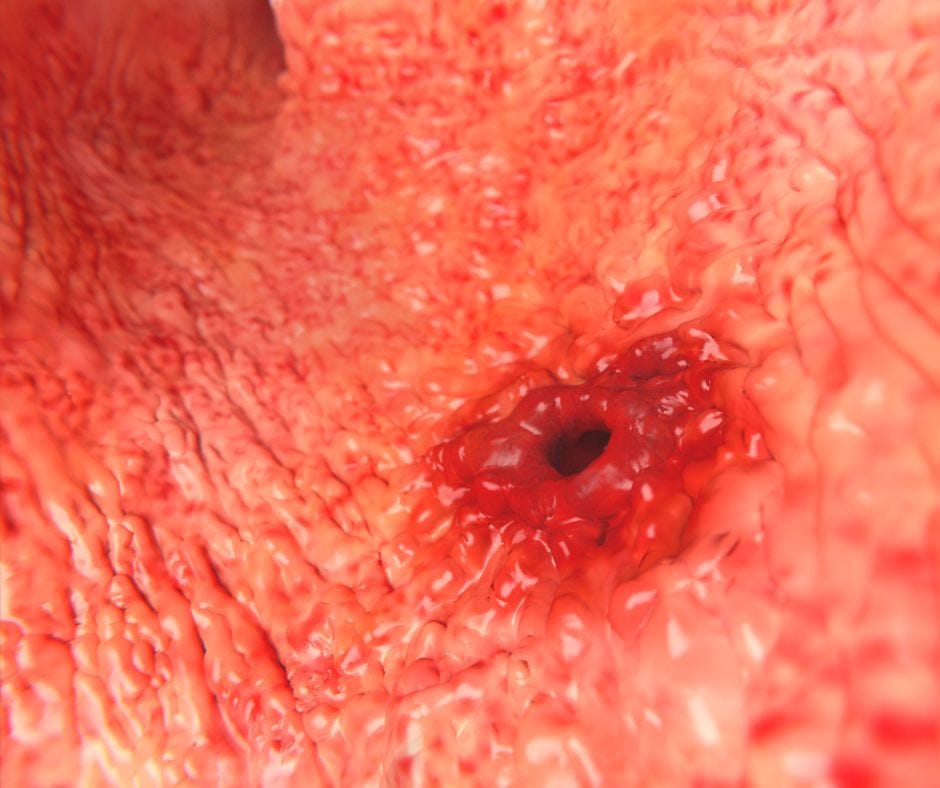
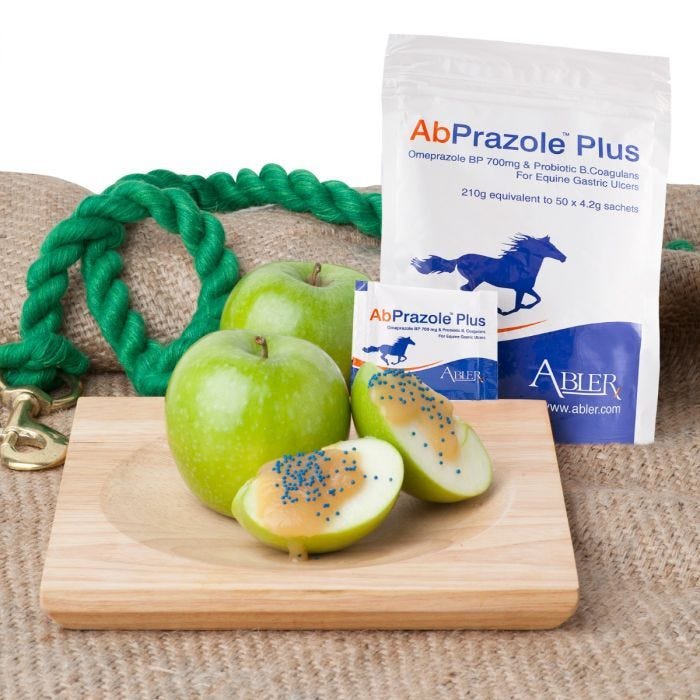
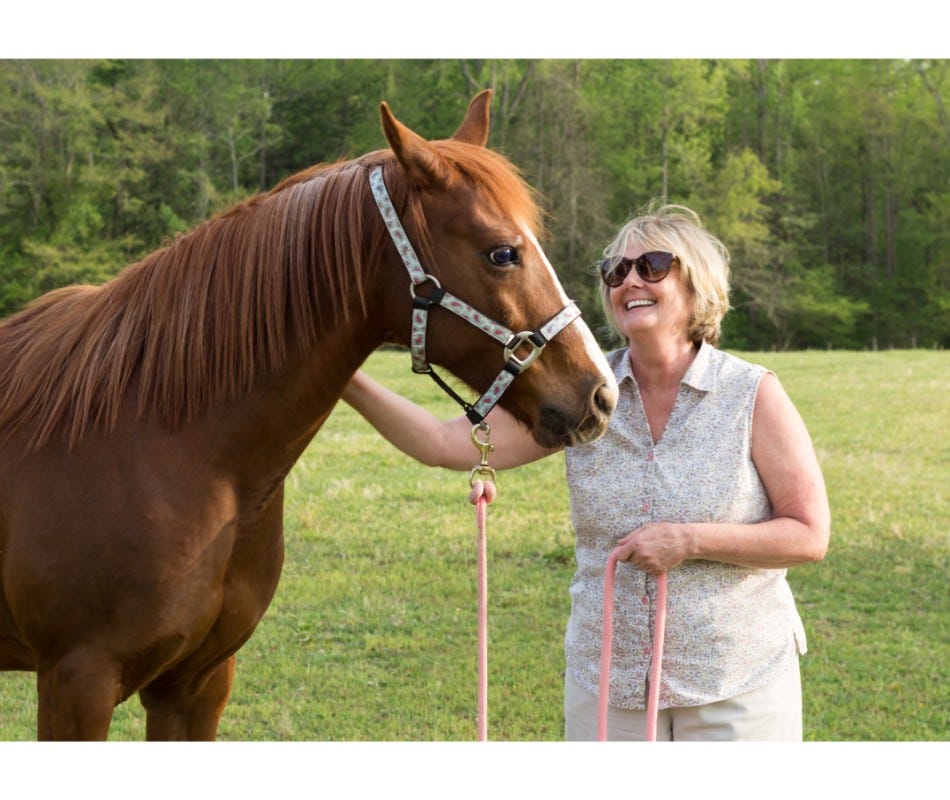
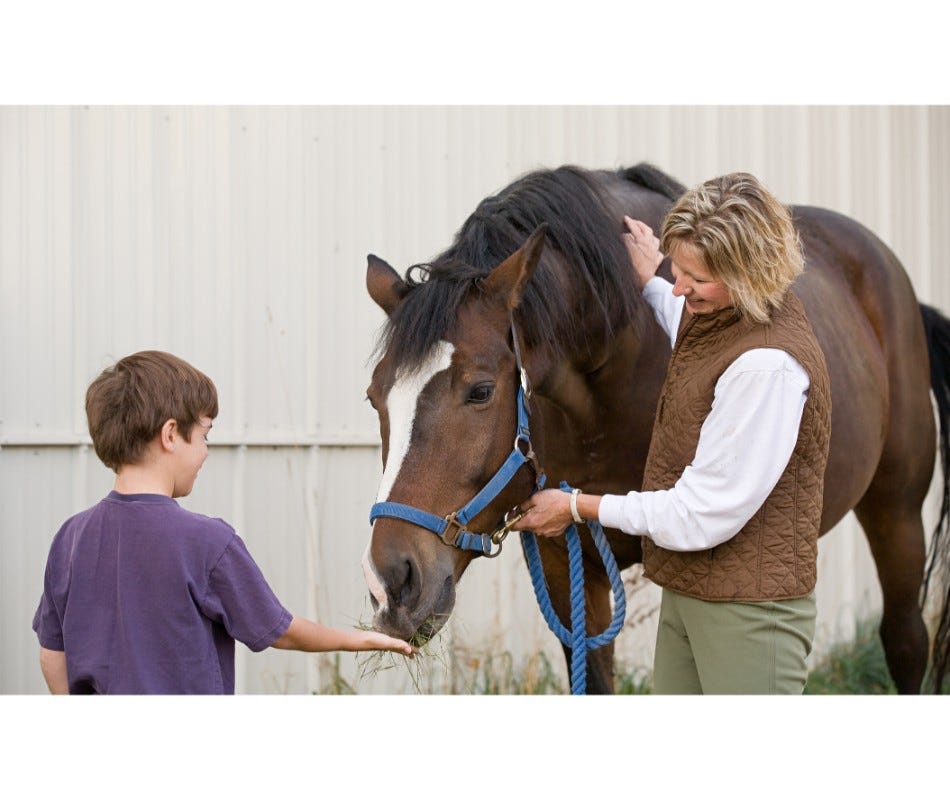
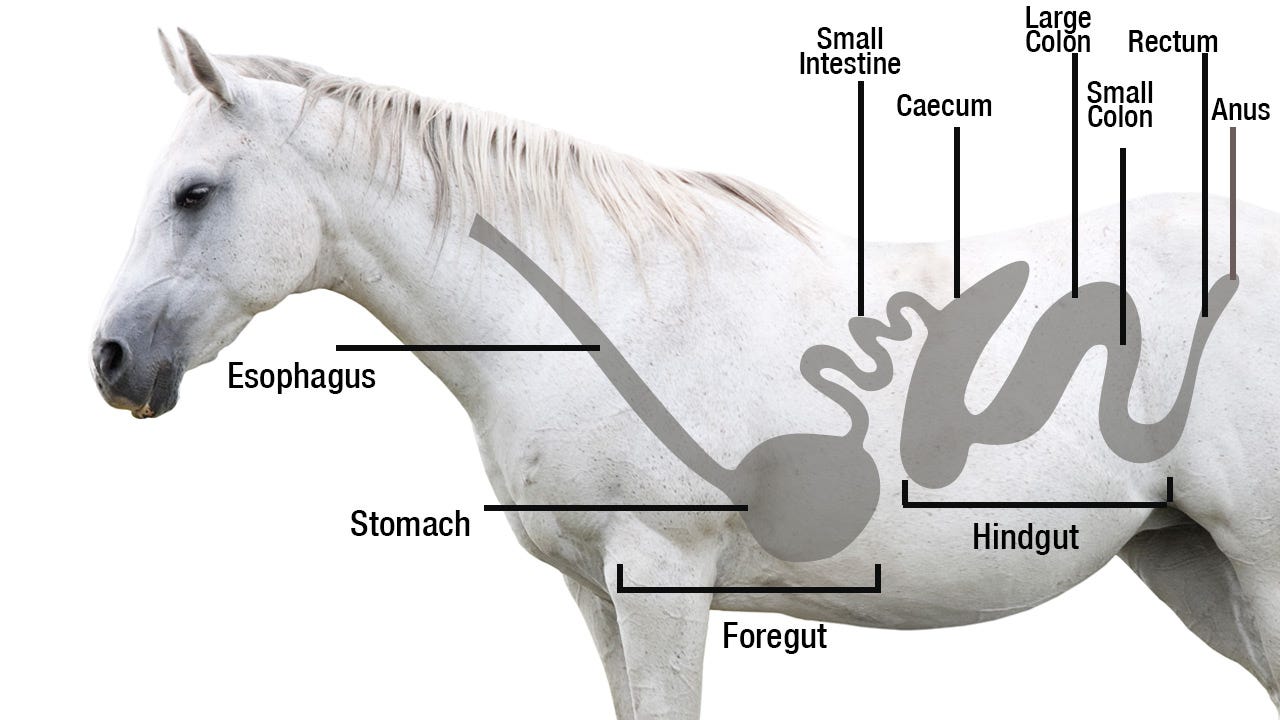
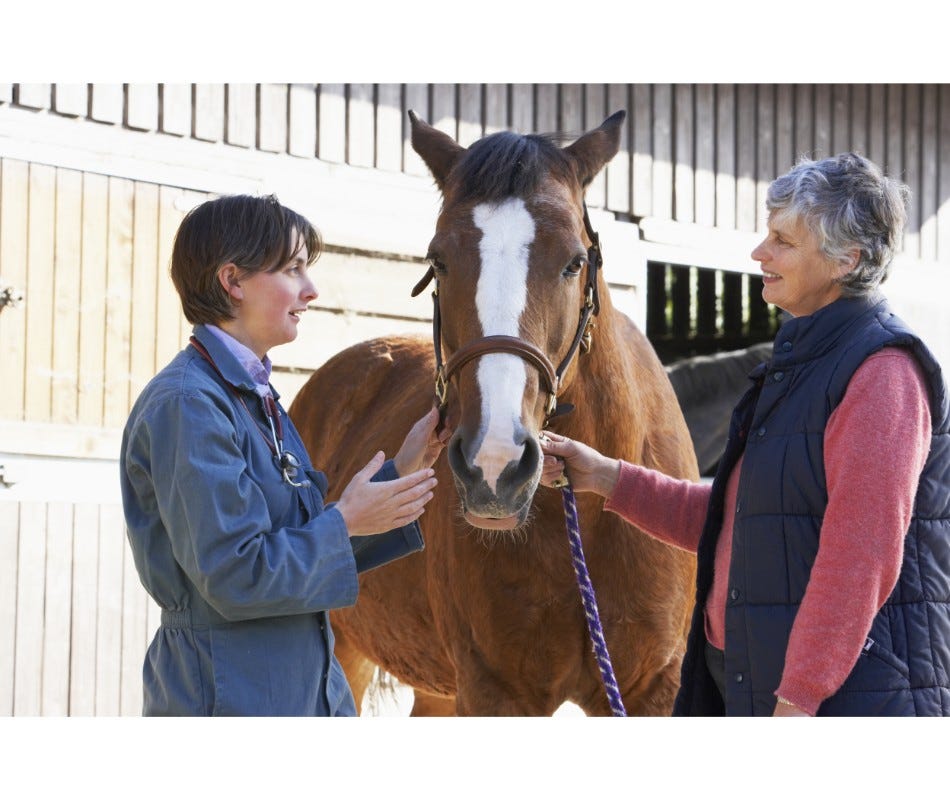
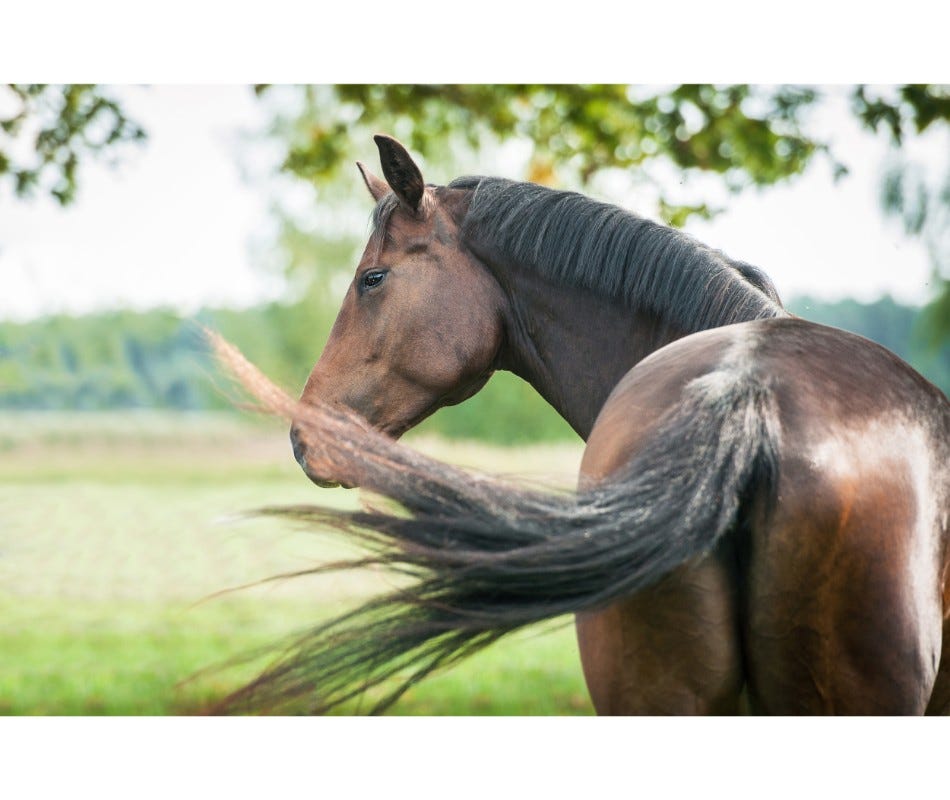
Validate your login